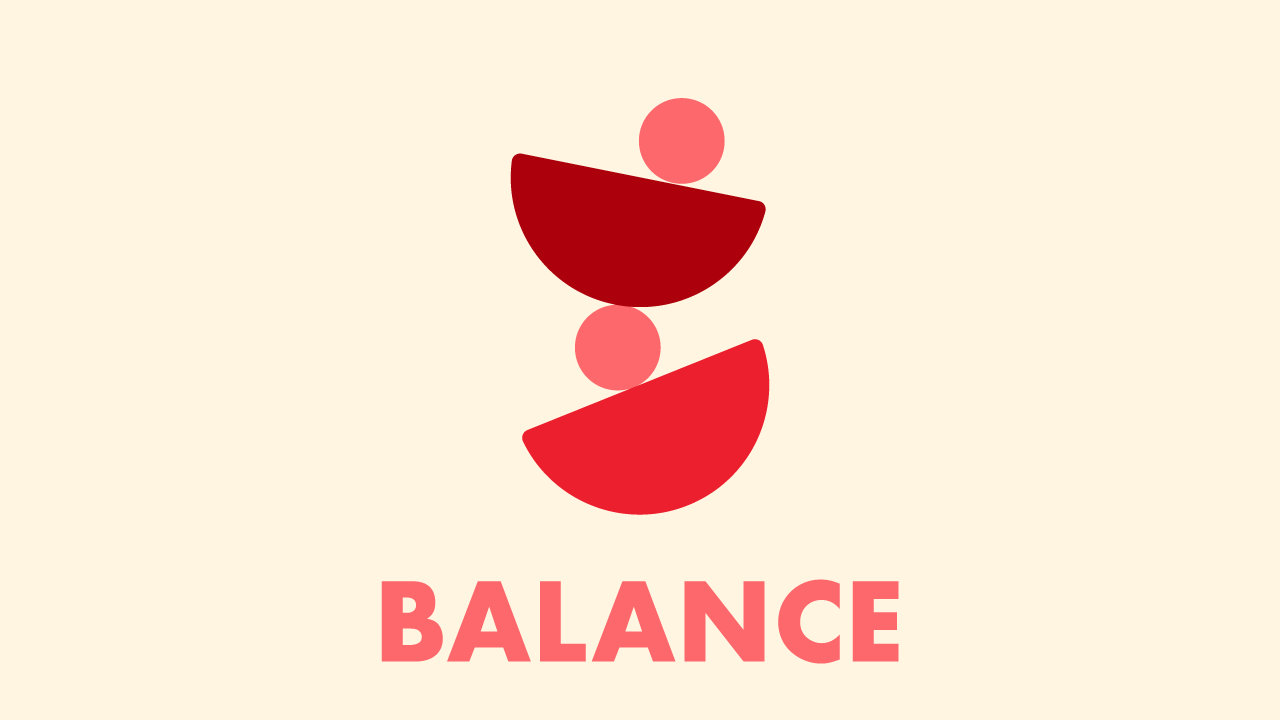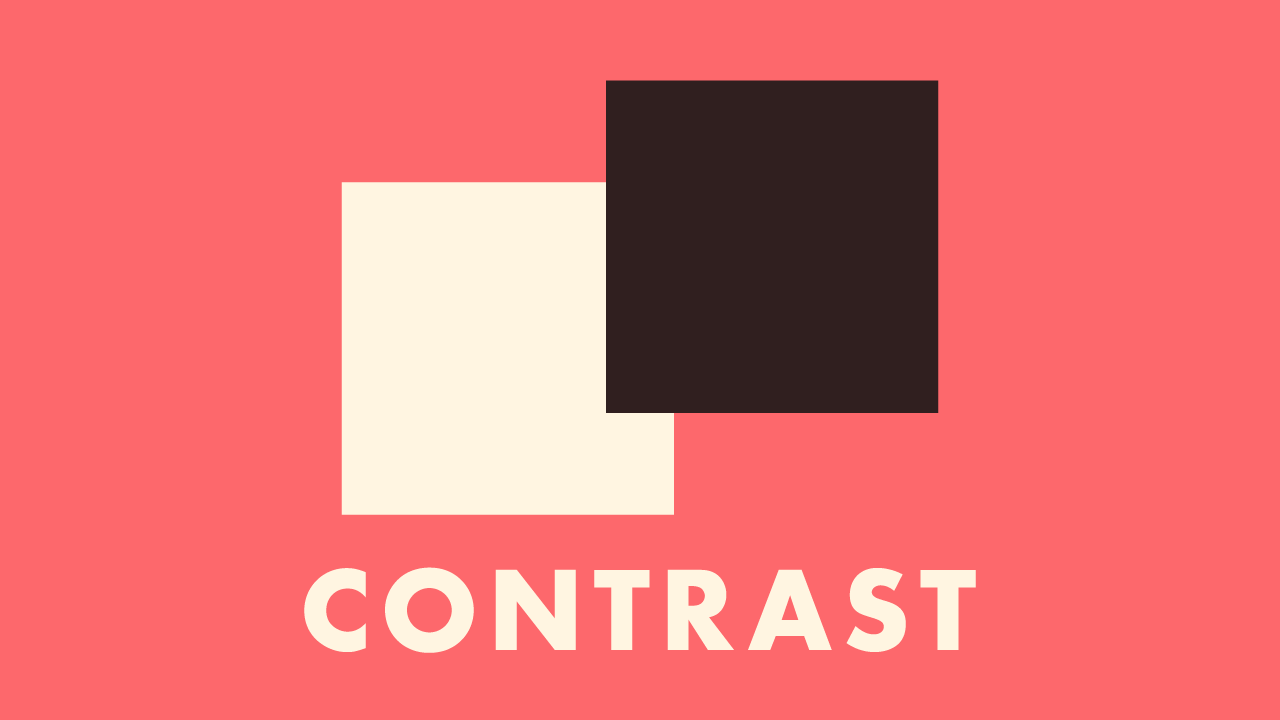Repetition in Design: Building Unity and Consistency
This post will show up on its own!

3 min read
·November 19, 2023

Introduction:
Picture your favorite song for a moment—the chorus repeats, right? That repetition is what gets the tune stuck in your head. Now, let’s apply that same concept to graphic design. Repetition isn’t a humdrum rehash but a strategic reinforcement of visual elements that create a cohesive, memorable brand language. It’s time to explore the potent pulse of repetition and how it anchors our creative expressions.
The Role of Repetition:
Repetition in design is about creating patterns and consistency. It helps to establish recognition and strengthens overall comprehension. Here’s how I weave the thread of repetition into my design work:
- Branding with Repetition:
- In branding, repetition is key. It’s the recurring logo, the steadfast color scheme, the uniform typography—all working in concert to build a recognizable identity.
- Patterns and Backgrounds:
- The use of patterns can both unify and decorate. Whether it’s the subtle texture of a backdrop or a bold, graphic print, patterns derived from repeated elements can add depth and interest to a design.
- Repetitive Layouts:
- When it comes to multi-page documents or websites, a repetitive layout structure guides the viewer seamlessly from one segment to another. Headers, footers, and sidebars are familiar signposts on this journey.
In Practice: Repetitive Elements at Work:
Consider a campaign I recently worked on, which required creating a suite of marketing materials. From business cards to brochures to digital banners, each piece carried the same color palette, typeface, and graphic motifs. This repetition wasn’t an oversight; it was a deliberate choice to weave a continuous thread through various touchpoints.
A Personal Take on Repetition:
I find beauty in the consistency of repetition. It’s like the reliable beat of a drum that gives music its structure or the predictable cycles of the seasons that shape our year. In my designs, repetition is the subtle recurrence that builds trust and familiarity.
Conclusion:
The beauty of repetition in design lies in its ability to unify and reinforce. It’s the rhythmic repetition that can turn a single note into a symphony, a solitary dot into a pattern, and a standalone brand into a chorus of connected experiences.
As you play with the visual symphony of your designs, let repetition be your metronome. Allow it to bring order to chaos and harmony to the disparate. After all, it’s in the art of repetition that the essence of design often sings the clearest.
So, keep the beat going. May your designs resonate with the rhythm of repetition, leaving a lasting impression that, just like that catchy chorus, remains with your audience long after they’ve walked away.
Similar Posts
-
November 19, 2023
Discover the art of balance in design, exploring its types and impact on transforming good designs into great ones in this insightful blog post.
-
November 19, 2023
Delve into the transformative role of contrast in design, from color to typography, and learn to create designs that are both compelling and memorable.

